For people on the other side of the world, summer is a fun time filled activities like barbecuing, pool parties, picnics, and trips abroad. For us in the land of the pure, summer is marked by delicious mangoes, unbearable heat, – and as observed in the recent years – the Holy Month of Ramadan.
The Holy Month of Ramadan is the ninth month of the Islamic calendar. Since the traditional Islamic calendar is lunar, Ramadan occurs at different times each year with a difference of approximately fifteen days per year over a thirty-three-year cycle.
Revered with religious zeal and fervor by Muslims around the world, the month is marked by fasting from dawn to dusk with complete abstention from food and drink. It is also a time when Muslims are encouraged to do all types of good deeds, from feeding the poor to a wide range of philanthropic activities.
The grueling heat in Pakistan has been on the rise since the last decade. Heat waves, marked by periods of unusually hot and dry conditions, have become a norm for the country. These heat waves have a particularly devastating effect on the population, many of whom are fasting from dawn to dusk.
ALSO READ
Here Are Some of The Best Sehr and Iftar Deals for Ramadan 2018
In June 2015, a massive heat wave in Pakistan’s southern areas caused the deaths of 2000 people due to dehydration resulting from heat stroke.
High Temperatures in Pakistan
Pakistan witnesses some of the highest temperatures ever recorded in summer. In April this year, Nawabshah set a new record for the highest global temperature – an unearthly 50oC. Turbat has experienced record highs peaking at 53.5oC for four consecutive days.
Temperatures in the same range have become the norm in Jacobabad, Larkana, and other parts of interior Sindh. An overview of the reported temperatures at the time of writing this article shows that the mercury is above 45oC in 23 major cities.
Weather Outlook for June
According to the Pakistan Meteorological Department, intense heat is expected to prevail in most parts of the country. Not only that, but average temperatures will remain 1-2oC higher than average in non-mountainous regions.
While the weather will generally be dry, more rain than average is expected in the Northern parts of the country, providing some welcome relief from the heat. A handful of thunderstorms and rain associated with dust storms is expected during June.
We have already seen one example of this in Islamabad and regions of Northern Punjab on June 5th.
What Causes Heat Waves
According to the World Meteorological Organization, a heat wave is an extreme weather event marked with a warming of the air over a large area usually lasting from a few days to a few weeks. This phenomena increases health risks and may even result in death. Moreover, heavy losses to agriculture, increased risk of wildfires, and power shortages accompany heat waves.
ALSO READ
These Pictures Show How People Are Beating the Heat in Karachi
Heat waves occur due to high-pressure weather systems, in which air from higher altitudes is “pulled” down towards the ground. This effect causes the air to become compressed and consequently increases its temperature.
Moreover, as the air comes in contact with the ground which has already been heated up by sunlight, its temperature rises rapidly. The result is unseasonably hot weather that not only impacts people but has devastating effects on animal and plant life too.
The icing on the cake is that high-pressure systems generally tend to hang around in the same area for long periods of time, thus extending exposure to rapidly rising temperatures. Heat waves can last from several days to several weeks.
Understandably, the longer a heat wave persists, the hotter an area becomes. It is important to emphasize that the effects of heat waves differ highly between day-time and night-time.
Here are a few characteristics of heat waves:
- Heat waves are marked with little to no wind as the high-pressure system causing the entire event inhibits the flow of wind.
- There are few or no clouds since other weather systems won’t be entering a high-pressure area with ease.
- Sunlight usually increases temperatures, thereby aggravating heat waves. In areas that receive large amounts of sunlight – for example, countries located along the equator – there is a marked increase in the intensity and frequency of heat waves.
Health Risks Posed by Heat Waves
The biggest health risk associated with heat waves is heat stroke. If untreated, heat stroke can even result in death. Other health risks include heat rash, heat cramps, heat exhaustion, heat syncope, heat oedema, and heat rash.
Who is Most Vulnerable
The following groups of people are most vulnerable to heat-related illnesses:
- Young children of up to seven years of age
- The elderly, especially above the age of 65
- Individuals already suffering from another illness
- Those who work outdoors or perform manual labor
- People who are overweight
- Folks who are working out
The symptoms of heat stroke include
- Sudden fever of 104oF or higher
- Rapid Breathing and high heart rate
- A headache
- Hot, flushed (reddish) skin
- Heavy or no sweating (varies widely)
- Nausea and vomiting
- Confusion, anger, inability to think clearly
- Fainting (in elderly)
Besides heat stroke, the rising temperatures can also cause heat cramps (characterized by spasms in the legs and lower abdomen), and heat exhaustion which is indicated by fainting, vomiting, heavy sweating, weakness, and cold skin.
What to Do if You Suspect a Heat Stroke
The first priority, if a heat stroke is suspected, is to seek immediate medical care. In addition to that, the following steps are recommended to combat the effects of heat stroke:
- The first priority is to get out of the heat and direct sunlight. Move the person suffering from heat-related conditions indoors to a cool area. If no such shelter is available, seek shade.
- Remove excess clothing, roll up shirt sleeves (if any), take off shoes and socks.
- Use any available cool water to relieve the symptoms. This can be done by spraying water through a hose, placing a wet cloth on the affected person, or pouring cool water onto the person’s head and body.
- If able, the affected person should drink water as soon as possible. Cold water, ice, soft drinks, and juices should not be consumed by a person suffering from heat stroke.
- Direct cool air towards the affected person by using a fan, or move them to an area cooled by a water cooler or air conditioner.
Heat Stroke When Fasting
Research indicates that heat stress during abstinence (from food and drink) is a substantial health hazard. The highest risk is posed among people who may be suffering from an illness, those who perform heavy labor and individuals exposed to direct sunlight.
At the same time, specific studies analyzing the effect of fasting conclude that there is no direct link between fasting in Ramadan and any long-term detrimental health effects. Still, it is important to be cautious during the summer when high heat poses a risk of serious illness or even death.
ALSO READ
Close Comfort: Can This Portable AC Help You Beat the Heat This Summer? [Review]
While different religious sects have their own specific rulings with regard to breaking the fast, there is a general consensus that in cases of necessity, In Sha Allah, it is okay to break your fast. Most scholars also agree that it is always preferable to complete the fast if possible, and in cases where the fast is broken due to illness, it must be made for after Ramadan.
In this regard, the following references from the Quran are mentioned below:
“So keep your duty to Allah and fear Him as much as you can” [Surah Al Taghabun 64:16]
“Allah burdens not a person beyond his scope” [Surah Al Baqarah 2:286]
A Hadith from the Prophet (Peace and Blessings of Allah Upon Him) said:
“If I command you to do a thing, do as much of it as you can.” (Muslim No. 1337; Al-Nasa’I No. 5/110)
It is crucial to point out that this is not a free pass for not fasting; there is obligatory expiation for anyone who intentionally breaks their fast, unless the cause is a serious illness that may be made worse by fasting, there is an immediate risk to health or life, or intense hardship will be caused.
Islamic scholars maintain that for a fast broken without justification, one must fast for 60 consecutive days or feed 60 poor people. In case you or someone you know has to break the fast due to a serious illness, it is recommended to seek the advice of a qualified mufti or alim in your area.
During the 2015 heat wave that swept across Karachi, ulema from various schools of thought unanimously issued fatwas that allowed people with medical conditions to abstain from fasting, and people affected by heat-related conditions to break their fast.
Mufti Mohammad Naeem said,
If an expert doctor says that your life is threatened due to the heat, or some condition you may have is going to get worse because of fasting, then you can forgo the daily fast. This (fasting) is conditional on your medical condition and how you react to the heat, not a free-for-all. When life is threatened, when our body needs sustenance, then even Shariat allows us to eat pork – so if you’re diabetic or dehydrated medically, you don’t have to fast.
Other religious scholars including Tahir Ashrafi also echoed these sentiments.
How to Avoid Heat Stroke
Prevention is better than cure, and here are some ways you can avoid heat stroke and other heat-related health issues:
- Stay out of the sun as much as possible, especially between 11:00 AM and 4:00 PM. Try to avoid any strenuous activity during the daytime.
- If you do have to go out, walk in the shade or use an umbrella. Use a hat and scarf to stay cool.
- Wear loose-fitting cotton clothes.
- When possible, drink plenty of fluids while avoiding soft drinks and sugary products.
- Take cool showers as needed. If you are out and about, use damp cloth or paper towels on your head and neck to stay cool.
- Keep your environment, such as your workspace and living area, cool. Take care of young and elderly family members.
- Avoid sitting in stationary cars or leaving anyone to wait in a car that is either turned off or parked in direct sunlight. Studies show that the temperature inside a powered off vehicle can be almost twice the outside temperature!
- At the first sign of a headache, dizziness, or lack of focus, cramps in the legs or abdomen, immediately move to a cool, shaded place. If possible, rehydrate using cool water not cold water, ice or chilled drinks. If you are fasting or otherwise unable to find water, wait for the heat to subside.
Sources:
- Schmahl, F. W., & Metzler, B. (1991). The health risks of occupational stress in Islamic industrial workers during the Ramadan fasting period. Polish journal of occupational medicine and environmental health, 4(3), 219-228.
- Leiper, J. B., & Molla, A. M. (2003). Effects on health of fluid restriction during fasting in Ramadan. European journal of Clinical Nutrition, 57(S2), S30.
- World Meteorological Organization’s Guidelines on Defining and Monitoring Extreme Weather and Climate Events (Dec 2015)
- World Health Organization’s Heatwaves and Health Document (2015)
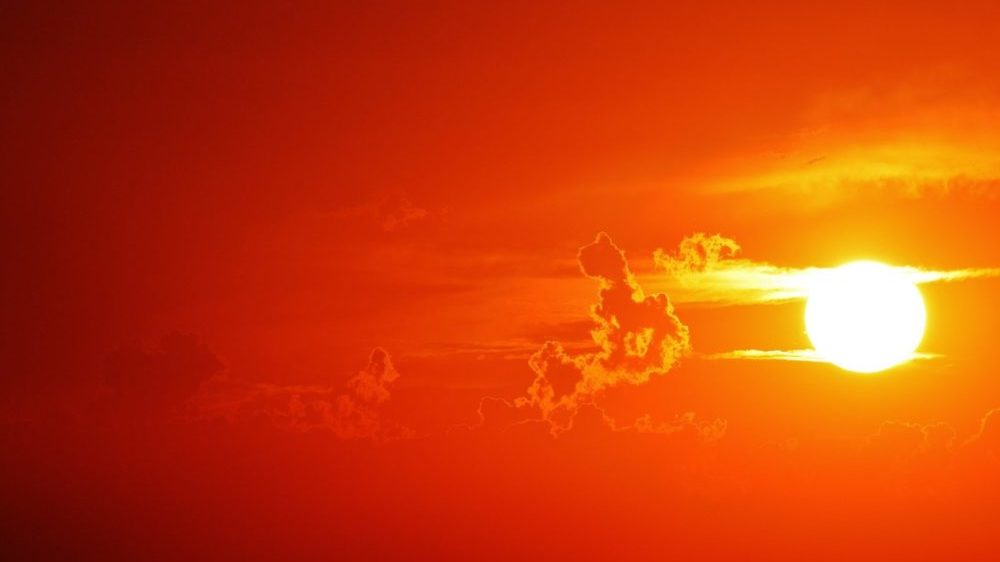

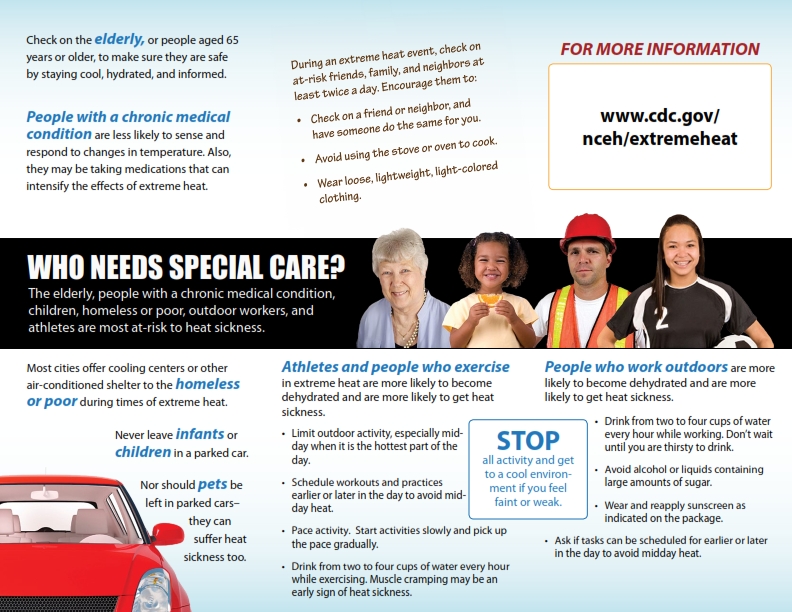

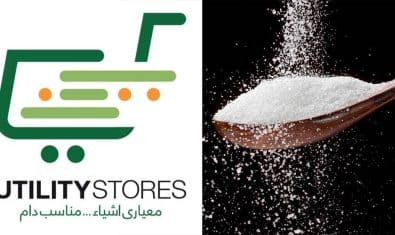
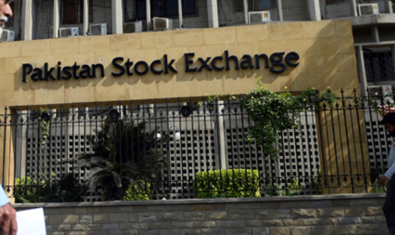

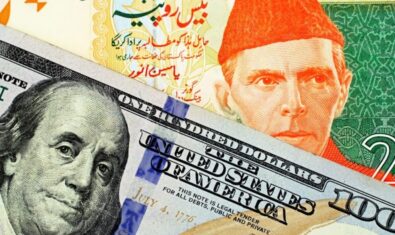




















“Everything You Need to Know About Fasting During This Heat Wave in Ramadan” – LOL just don’t. Your sky fairy doesn’t exist.
A desperate and disoriented atheist comes out of wilderness of his mole hole, deceives himself in assuming that Muslims believe in something as trivial as a sky fairy, laughs alone hysterically, and gets lost in his hole again. Thats the complete life cycle of religion haters.
Your parents should have used a condom. Khas kam, jahan paak.